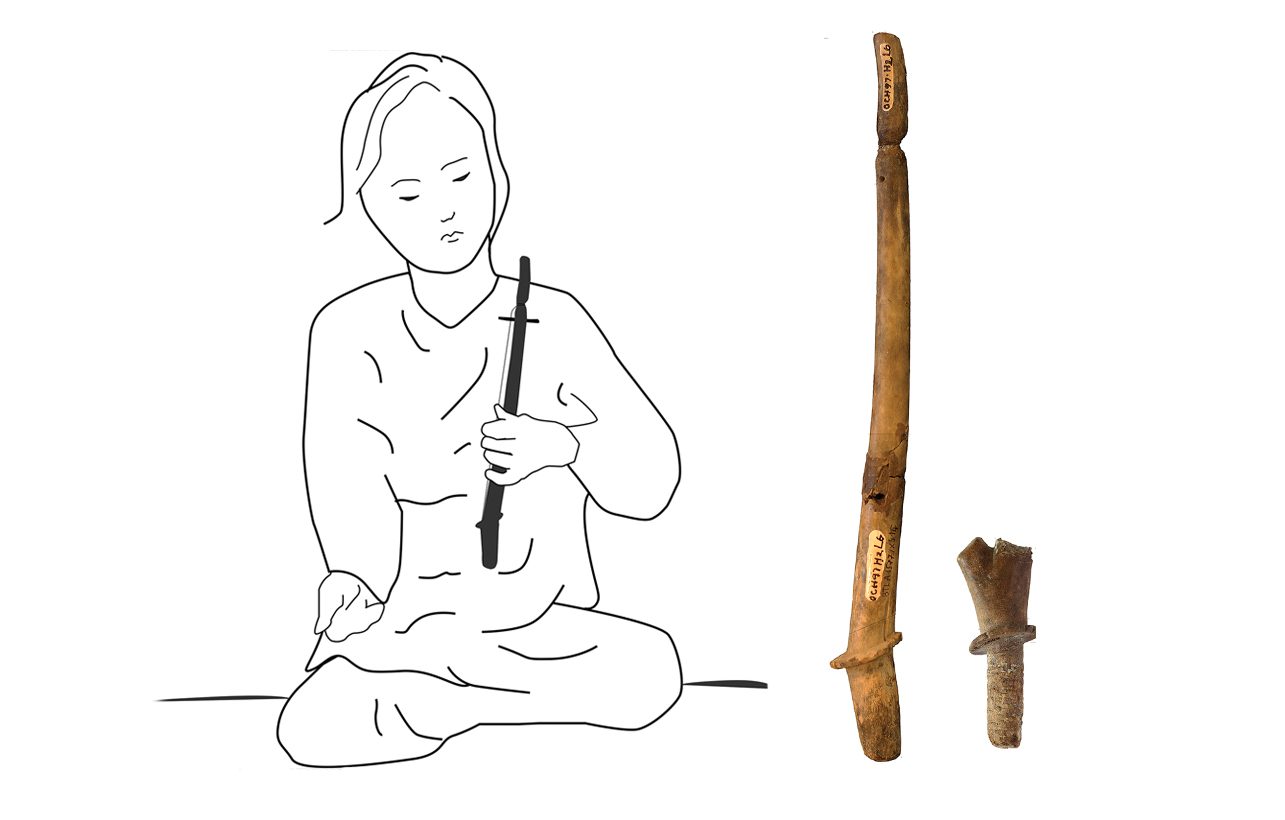Archaeologists have uncovered an ancient stringed musical instrument crafted from deer antler in southern Vietnam.
The instrument is 2,000 years old, dating from the period of Vietnam’s pre-Óc Eo culture that lived along the Mekong River.
Fredeliza Campos from The Australian National University (ANU) said: “This stringed instrument, or chordophone, is one of the earliest examples of this type of instrument in Southeast Asia. It fills the gap between the region’s earliest known musical instruments – lithophones or stone percussion plates – and more modern instruments.”
“It would’ve been around 35cm long and had a hole at one end for a peg which would have been important for tuning. It also had what looks like a bridge to support the string,” added Campos.
The instrument was identified from more than 600 bone artefacts found at the archaeological site of Gò Ô Chùa, in Long An province, Southern Vietnam. The likely source of the antler used to craft the instrument is the Sambar deer of the Indian hog deer, native to mainland Southeast Asia.
Three identical bronze bells which were most likely part of a burial were also found.
“It is clearly established that music played an important role in the early cultures of this region. The striking similarities between the artefacts we studied and some stringed instruments that are still being played suggest that traditional Vietnamese music has its origins in the prehistoric past,” said Campos.
How the instrument was played or what it might have sounded like is unclear, but the researchers believe that the methods might have been similar to contemporary Vietnamese musical instruments such as the K’ný.
“The K’ný is a single string bowed instrument that is uniquely controlled by the player’s mouth and acts as a resonator. It can play a wide variety of sounds and tones, much more than a chromatic scale you often hear on a piano,” said Campos.
https://doi.org/10.15184/aqy.2022.170
Header Image Credit : Antiquity





